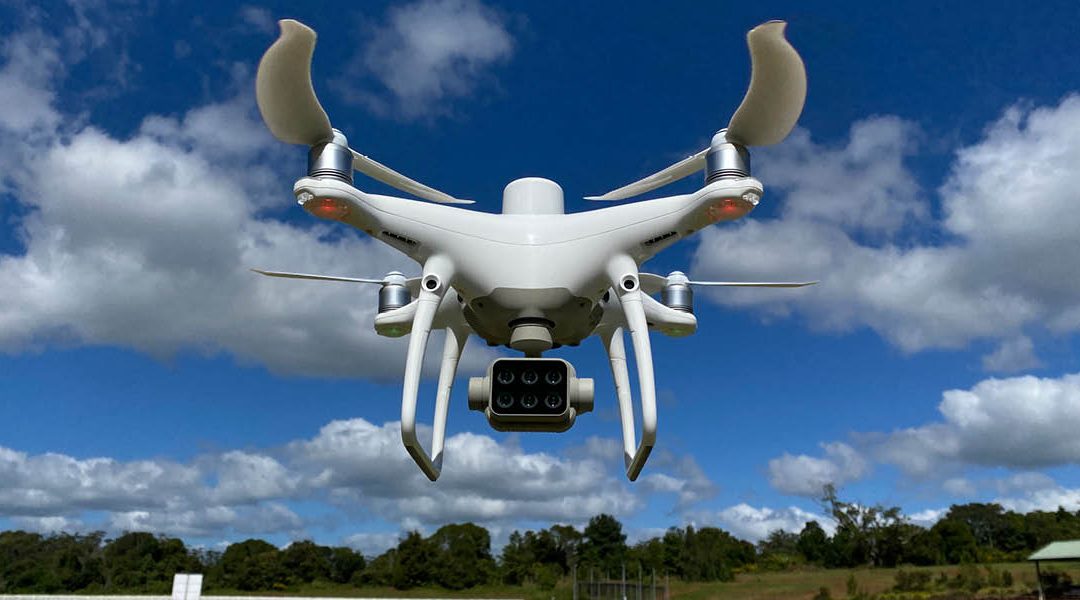Significant inroads to establish strong foundations for TurfBreed’s new turf research and development program have begun and already many goals reached. Launched in September 2020, the TurfRnD team has already achieved key milestones in a relatively short time – and they are showing a plethora of different valuable learnings. Dr Andrew Fletcher (pictured below) TurfBreed’s Senior Research Scientist for TurfRnD outlines what has been going on behind the scenes.
Ultimately the goal of the TurfRnD Program is to provide real scientific research and extension to develop and promote TurfBreed’s varieties. TurfBreed will also provide it’s grower network and consumers with access to the latest advances in turfgrass genetics and agronomy.
Today there is a lot of opportunities to adopt new technologies, such as the use of remote sensing platforms (i.e. Drones) fitted with specialised sensors to conduct data collection surveys of turf farms or research plots. The value of this technology has already been demonstrated in other agriculture and horticulture farming sectors by allowing producers to increase productivity by reducing inefficiencies and wastage, boosting their bottom line.
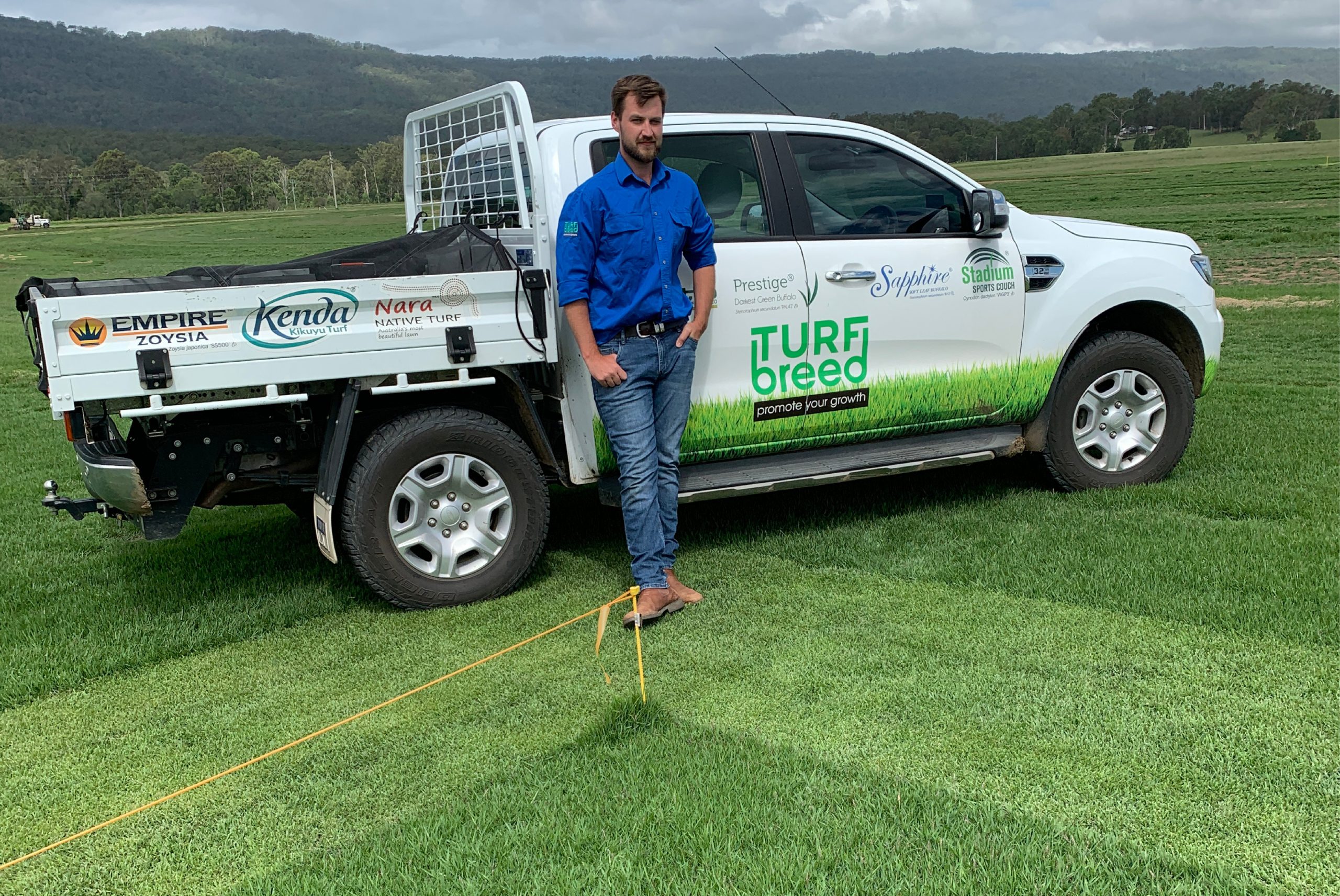
While TurfRnD has been busy establishing the foundations of the Program with the development of living libraries and polytunnels as well as conducting preliminary research into existing varieties, we have also been actively making connections within the TurfBreed grower community and the broader industry.
TurfRnD has regularly been meeting with growers and researchers across the Country to promote our research initiatives and identify priority objectives and outcomes which will help support our growers and end consumers.
These priority objectives will guide the efforts of TurfRnD in the coming years to deliver meaningful data and outcomes for TurfBreed and our grower members.
Living Library
TurfRnD has already established a Living Library in Victoria and our northern Library is nearing completion (see below). Our libraries serve two purposes; as a genetic repository and, an interactive marketing display for consumers.
The aim is to provide consumers with the opportunity for a side-by-side comparison with our varieties to increase conversion of customers looking for name-brand varieties.
The Victorian Library at Melbourne Polytechnic, Fairfield Campus has already generated significant interests and visits from consumers, landscapers, turf students, specifiers and growers.
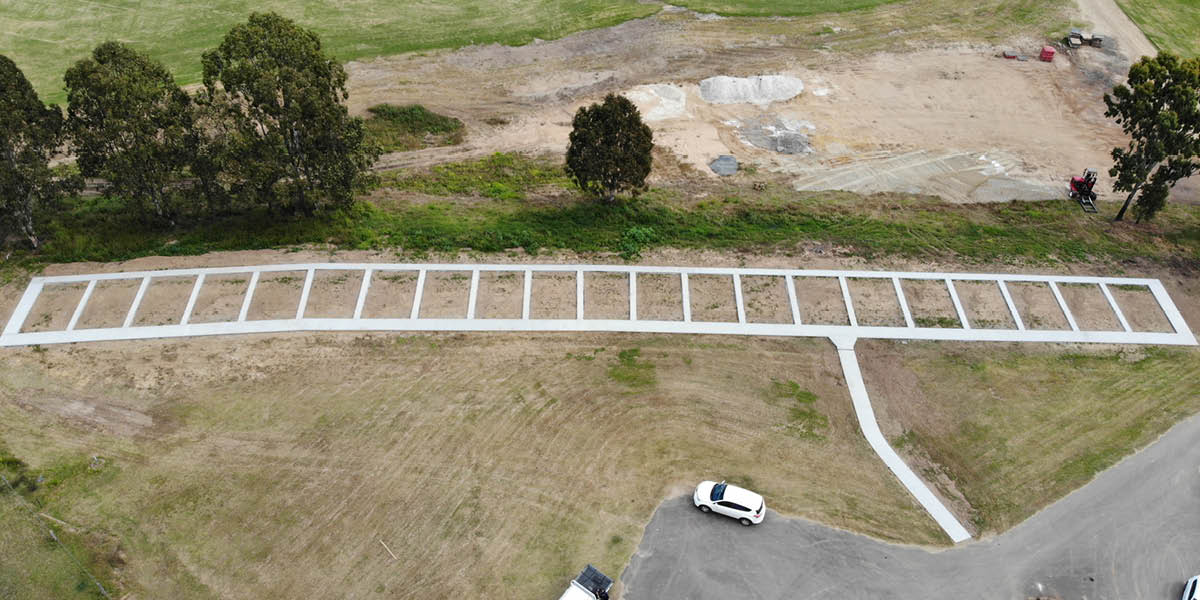
A GLANCE at Preliminary Growth Rate Trials
Preliminary trials have been conducted by TurfRnD to investigate the differences in growth rates (based on canopy height and lateral spreading) and mowing requirements for different turf varieties.
The trials are looking to build data by studying the growth rates, habits, maintenance requirements plus other parameters by variety and species to better inform consumers about the specific traits of each grass.
Understanding Root Growth
Turf’s ability to root quickly and deeply once laid in a variety of soil profiles is imperative for good lawn establishment.
Therefore, one of the key projects that TurfRnD has commenced is investigating varietal differences in root traits which will contribute to our understanding of the varieties and help educate consumers on pre- and post-installation lawn care.
We have adapted a methodology, previously used for measuring influential root traits of grain crops to image and quantify root growth over time in turf (see example below).
This technique can be used to measure root growth and vigour in different soil types and profiles, demonstrating to consumers the rate of establishment, and importance of root system health and adequate soil preparation.

TurfRnD networking in the Industry
TurfBreed already has an extensive network and connections with growers, researchers, and commercial partners around Australia and globally.
So far, we have met with a number of growers across Queensland (QLD) and introduced TurfRnD’s vision for turf research, which has been met with enthusiasm by growers.
We also have met with several established researchers in the field, such as:
- Dr Andrew Geering from the University of QLD and the QLD Alliance for Agriculture and Food Innovation (UQ/QAAFI).
- Dr Chris Lambrides from UQ and the School of Agriculture and Food Sciences.
- Turf agronomist and chemical residue specialist, Peter Kirby from Indigo Specialty Products.
- Turf breeder Don Loch.
- Turf researchers from the United States.
These contacts have already provided TurfRnD with useful insights into the state of turf research and has helped inform the Program’s priority objectives.
The next stage of TurfRnD’s networking will be to make introductions with researchers in other areas, particularly in Sydney and Melbourne.
TurfRnD has a strong philosophy of contributing to the industry through collaborative research and as such I have accepted the position of an adjunct research fellow.
I am committed to conducting rigorous and scientifically valid research studies; and having an affiliation and collaboration with UQ will allow TurfRnD to facilitate students in gaining hands-on practical experience in the field of turf and horticultural science.
Looking AHEAD
TurfRnD’s trial work plans and original scientific investigation are critical in ensuring we are logically and consistently working towards establishing the Program as the “go-to resource” for research and knowledge for turf science within Australia.
To achieve this, TurfRnD has set out the following objectives for the next three years:
- Develop a robust and scientifically valid R&D program which uses modern and innovative technologies to research new and existing turfgrass varieties.
- Provide TurfBreed growers and consumers with reliable data to help make informed production, application and marketing decisions.
- Position TurfBreed and myhomeTURF as having the most reliable and widely tested varieties supported by real data.
- Have the leading-edge genetics to support our TurfBreed grower network in delivering safe, sustainable, and profitable businesses.
- These objectives broadly speak to TurfRnD’s commitment to our growers and consumers in:
- Bringing new varieties to the market.
- Thoroughly testing all varieties across different climatic regions.
- Providing real data on turf variety performance so growers and consumers can make informed decisions when choosing turf.
TurfRnD’s primary objective is to support TurfBreed as the leading provider of turf genetics in Australia.
Taking turf R&D to new heights – remote imaging to improve turf production
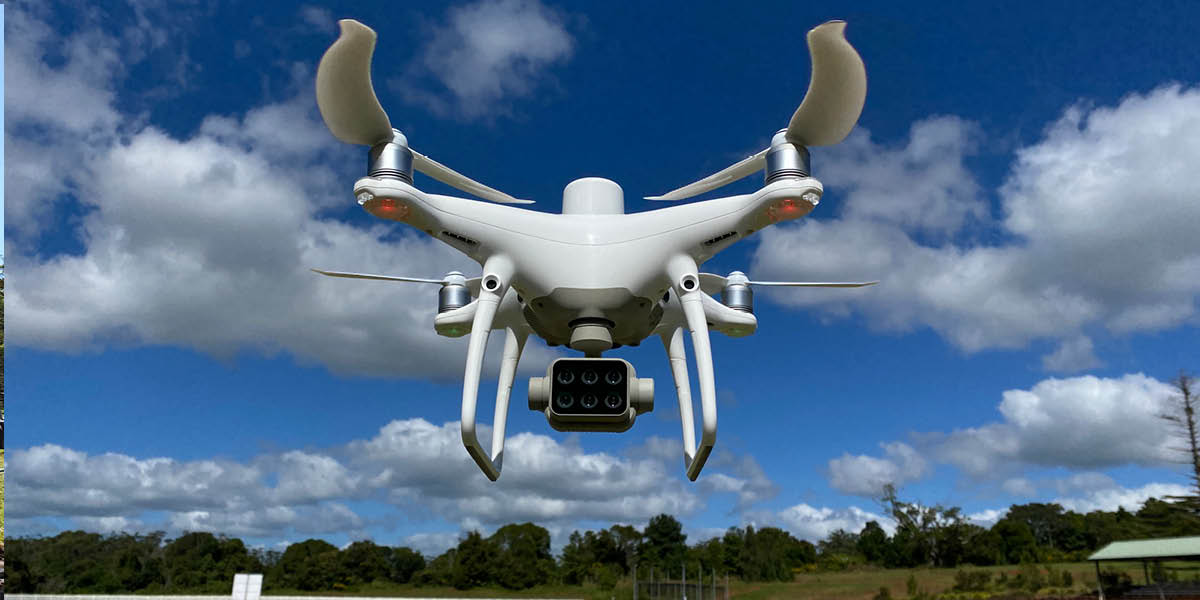
As TurfRnD is establishing new trial sites, starting in Queensland, with a view to expand nationally over the coming years, one of the first challenges to overcome is ensuring that our program and protocols are as modern and technologically advanced as possible.
Also, to ensure TurfRnD is always on the leading edge of turf research and innovation.
Research and development in the field of turf science takes time – after planting a trial you need to take detailed measurements to quantify plant development and adaptation to determine which varieties perform better than others.
Traditionally most of these measurements have been taken on the ground by directly observing a trial plot and recording an observation of performance. Obviously, this can be skewed by things as simple as the angle of the sun or even bias from the observer.
To eliminate these problems and create a high-throughput pipeline for measuring and recording data from our TurfRnD trials, we have launched a multispectral remote imaging program capable of rapidly capturing meaningful data on turf quality and health in just a matter of minutes.
The Program primarily consists of a remotely piloted drone equipped with a multispectral imaging sensor, which is capable of taking normal colour images (RGB) as well as using sophisticated sensors which capture light at very specific bandwidths which can reveal hidden information about the plants.
Once we conduct a drone flight over our trials, we can analyse the data and calculate vegetative indices which tell us exactly which plots are doing better than others in a uniform and standardised measurement.
One of the most common vegetative indices used throughout the agricultural industry is the Normalised Difference Vegetative Index (NDVI).
This index is calculated by analysing the amount of visible red and invisible near-infrared (NIR) light that is being reflected by the leaves of your turf crop.
Healthy plants absorb almost all the red light coming in from the sun but reflects away most of the NIR light, while unhealthy or dying plants start to reflect more of the visible red and less of the NIR.
Using the multispectral sensor equipped on the TurfRnD drone, we can measure how much red and NIR light is being reflected and calculate the standardised NDVI index to determine the health of the turf crop.
As you can see in the images below, the NDVI for a small trial plot has been calculated using image acquired from the drone, and plot 3 is not doing very well compared to plots 1 and 2.
In traditional agronomy, these NDVI values and maps are generally (see below) used to provide growers with an insight into the health of their crops and allow them to make targeted prescription plans for applying fertiliser or pesticides where they are needed most to maximise profitability.
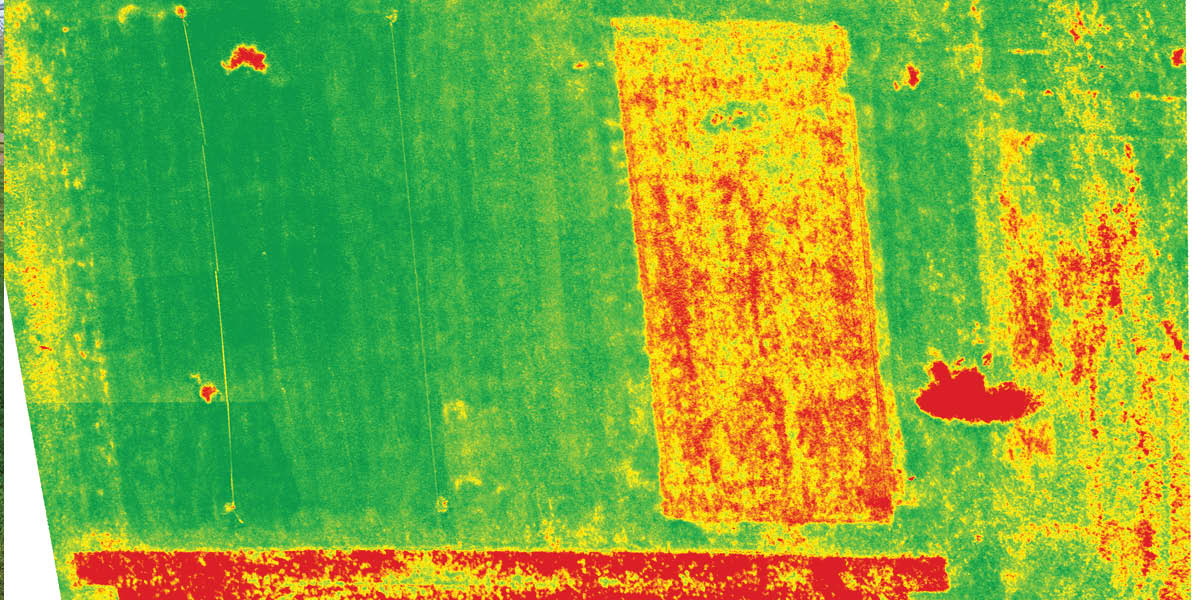
Some of the other benefits remote sensing can bring to turf growers is the ability to measure complicated turf quality traits such as:
- Canopy density.
- Genetic colour.
- Insect damage.
- Weed suppression.
- And even how different turf varieties cope with drought and heat stress.
All of these traits are normally incredibly time consuming and labour intensive to measure, but with the use of remote imaging and cutting-edge science, TurfRnD aims to accelerate the development.
This means significant and constructive testing and commercialising of turf varieties over the coming years to deliver meaningful data to TurfBreed’s growers and customers that will assist in selecting the best varieties for any situation.

